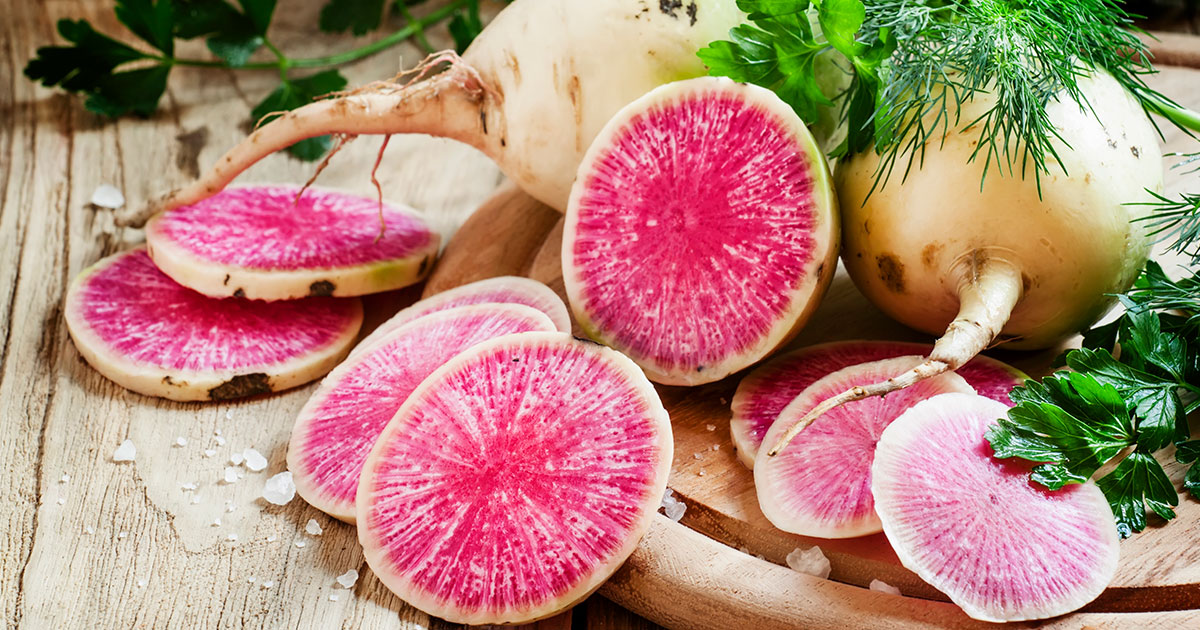Wellness Wednesday: How to Choose the Best Fruits and Vegetables
- by bonappetit

When it comes to eating well for both you and the plant, look no further than fresh fruits and vegetables. Whether you’re purchasing your produce at a farmers’ market or grocery store, here are a few tips from Bon Appétit chefs to help you get more value (and less waste!) from your produce.
Shop local. As soon as fruits and vegetables are picked, their nutrients begin to break down. Any time spent packaging, shipping, or being held under refrigeration awaiting for you to buy and eat them only allows for greater nutrient loss. Locally grown foods don’t have to travel very far, and if you shop your local farmers’ market, you may even take home produce that was picked that day.
Time it out. With most people taking fewer shopping trips, buy a mix of produce with short, medium, and longer-term shelf life, so you have fresh produce to last between weekly (or even biweekly) shopping trips. Learn how long you can store different types of produce. Eat those that last only days first, then move on to ones that hold well closer to a week, saving the hearty options for longer.
Know how your produce likes to wait. In or out of the fridge, on the counter or in a dark pantry, washed before or after storing, and will their quality be affected by their (produce) neighbor? We’ve got all the tips for you here.
At the market, sense the ripeness! Produce picked at its peak ripeness offers the most flavor and nutrition. Use all five senses to check for ripeness.
- Sight. How does it look? Look for deep color over pretty shape and symmetry. Sometimes the funkiest-shaped vegetables taste the best — and they can make a great Instagram post too. Flip it over and check the stem area or cut edges to look for an indication of how long it has been out of the field. Remember, even ugly or slightly blemished produce can be delicious.
- Smell should give you a strong indication of flavor and sweetness. A juicy summer melon or a sun-ripened tomato should tempt you with an endearing perfume. By using your nose, you will be able to tell you what food is in season. Vegetables can be a bit trickier than fruit when it comes to smells, as they are more neutral when it comes to aroma.
- Touch the outside flesh. Most fruits and vegetables should be firm with only a slight give to them.
- Taste. While it’s the easiest indicator of ripeness, taste may be off the table for while when it comes to asking for samples. In cases where you can pluck and sample a single grape or cherry, ask if it’s OK to do so.
- Sound. This one is specific to fruits like melons and squash. Ripe ones will give a hollow echo when given a good thump on the outside.
Let’s face it, eating more fruits and vegetables never falls under the “bad decision” category when it comes to health and wellness. If healthy eating is your goal, learning how to choose the best produce will not only boost your nutritional intake, but take the flavors of your dishes to the next level!